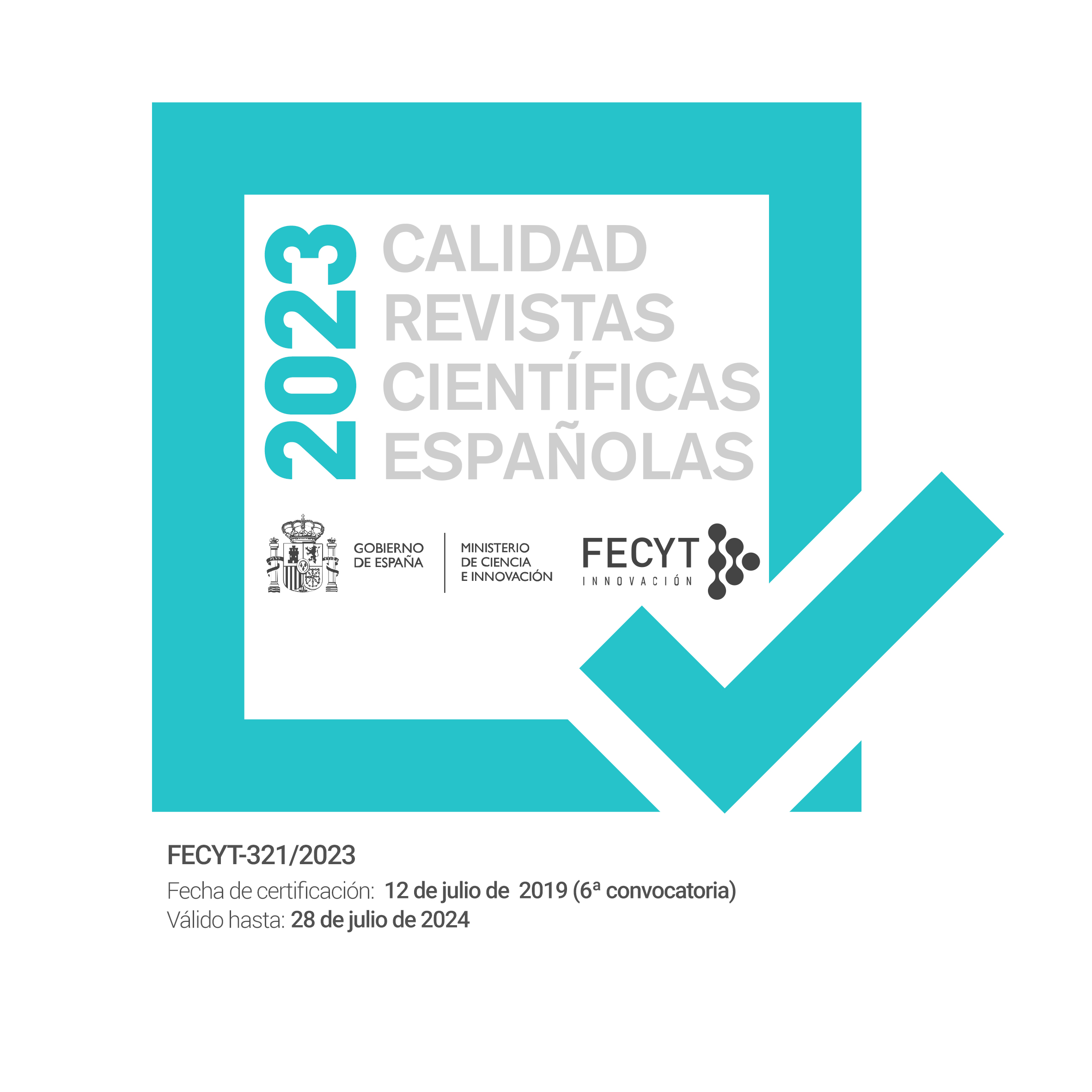Participatory water management in Mexico (2002-2012): The case of St. Augustine Amatlipac (Morelos)
DOI:
https://doi.org/10.17561/at.v1i2.1348Abstract
This article considers participatory management of water and sanitation in a community in the Mexican state of Morelos in light of Latin American public policies located in a global context. This topic is approached through a reflection on the role played in Mexico by international institutions involved in water and sanitation programs, focusing more specifically on San Agustin Amatlipac, Tlayacapan, in the state of Morelos. This study based on fieldwork conducted between 2002 and 2012 reflects a participatory methodology of interaction with local communities through workshops, conducting in-depth interviews and recording life stories. It was found that interaction with a university group that promotes participatory practice in sanitation has produced unexpected results, such as the intervention of private enterprises that have, contrary to expectations not generated adverse reactions. This situation has served to provide a context in which to reflect on, and learn from, the ways in which an unanticipated result can be integrated into a promising process of consciousness raising and improvement in community management of water and sanitation.
Downloads
Published
How to Cite
Issue
Section
License
© Universidad de Jaén-Seminario Permanente Agua, territorio y medio ambiente-CSIC.
The originals published in the printed and electronic editions of this journal are the property of the University of Jaén and the Seminario Permanente Agua, territorio y medio ambiente (CSIC), as well as the universities that publish specific monographs in Latin America or Europe. The origin must be cited in any partial or total reproduction.
Unless otherwise indicated, all the contents of the electronic edition are distributed under a "Creative Commons Attribution 4.0 Spain" (CC-by) licence. You can consult from here the informative version and the legal text of the license. This circumstance must be expressly stated in this way when necessary.














